September 23rd is a national holiday in Japan, to celebrate the autumnal equinox. Those that have listened to archives, or have been following this Podcast for a while might remember that I spoke about an Equinox Flower shoot two years ago, in which I showed you seven photos from a day at Kinchakuda in the Saitama Prefecture, shooting these enchanting yet somewhat strange looking flowers. Those shots were made on Sept 24, 2006, one day after my visit actually on the equinox this year. It amazed me then how impeccable the timing of these flowers was, to bloom right on the equinox, and obviously where they got their name from. Anyway, today, two years on, I want to take another look at some photos from my visit, and talk about my thought process while shooting, and some things that have changed over the last few years.
Talking of how things get their names, the place Kinchakuda gets its name from the shape that the river that flows through the area makes. Kinchaku means a pouch, like a cloth bag with a pull-string to close the mouth of the bag up, and da means a rice field. If you look at the shape that the river makes from above, you can see that it winds around the edge of a hill on the other side, making a shape very much like a pouch, or kinchaku, and in the middle there are rice fields. Now, there are fields of flowers surrounded by woods with the equinox flowers in them, but I imagine when this place got its name, the entire inside of the pouch shape was rice fields or some sort of farmed land.
Let’s take a look at the first shot from the day, which is image number 1914. For those of you that are new to the Podcast, just a quick mention that if you are listening to the Enhanced version, you will now be able to see the image on your iPod screen or if you are listening in iTunes, you will be able to display and then click the thumbnail in the bottom left to show the image on your computer. If you listen to the mp3 version, and want to follow along with the image, find this episode on the Podcasts page at martinbaileyphotography.com and click on the thumbnails, or enter the number that I call out for each image into the “Go to Photo” field in the Podcasts menu at my Web site and hit enter or click the Jump button. That will magically transport you to the page that displays the image we are talking about. So once again, right now we’re looking at image number 1914.
Here we can see an equinox flower singled out against the trunk of a tree. In my usual style, I’ve used a very shallow depth-of-field to isolate the flower further. This was shot with my 300mm F2.8 lens wide open, at F2.8. Note that I positioned the flower in the top left third intersection. I know that the rule of thirds can be overdone, but it is still a very effective way to think when composing a shot, and very much worth bearing in mind. Centering things rarely works. Also here note that there is a second trunk in the distance, that fall on the right third line, adding balance to the top of the image. The rest of the shot is pretty much just a sea of bright red bokeh, which is the out of focus areas of the shot. There are gaps in the foreground flowers though allowing us to see the green stems of the surrounding equinox flowers, which I really like too.
So, as I said in the introduction, I’d like to talk a little bit about what’s changed over the last few years, and this has actually come up in the forum again over the last few days in response to a question from a forum member. It was also on my mind recently following hearing fellow Photocast Network Podcaster Paul Giguere talk about LiveView in a recent Focus Ring Podcast. When I first heard that the 1Ds had LiveView, some of you will remember that I slammed it, saying that I would never use it. It seems that the person that asked the question in our forum had never used it either, and Paul mentioned that he would not use it, because he couldn’t imagine composing shots on a DSLR with the camera held out in front of him, using the LCD like a compact digital. This is exactly what I thought too, before I had it. Now, don’t get me wrong here, I still don’t use LiveView to hold the camera out in front of me to compose the shot. Unless the camera is in a very awkward position and I simply can’t get my eye to the finder, and an angle finder won’t work either, I pretty much always set up the shot using the traditional finder, and I’ll get focus to where I think it needs to be too like this. But, it didn’t take me long after buying my 1Ds, my first camera with LiveView, to figure out that this was a serious focusing aid. Especially when you are working with very shallow depth-of-field, as I often do, you can jump into LiveView, and fine tune the focus manually, by zooming in to 5X or 10X magnification on the LCD, and turning the focus ring on the lens. I mentioned this is Episode 139 as well, but it really is a big help when focusing on stuff that you might otherwise miss. Of course, autofocus will get you close, and often spot on, but having the ability to check and fine tune definitely helps.
After shooting a horizontal version of the last shot too for posterity, I walked a little further along the path through the woods with the flowers in, and stumbled across image number 1916. A few meters into the flower patch there was this spider, just hanging around, lying in wait in his web. I put my 1.4X extender onto my 300mm lens, giving me a focal length of 420mm at F4, and composed this shot so that the background was all red equinox flowers, and the spider’s web ran diagonally down the frame, exiting exactly on the bottom right corner. I stopped down the aperture a little to F5.6 so that some of the strands of the spider’s web were also visible, and again used LiveView to fine tune the focus to get the spider as sharp as tacks. I was using Highlight Priority, so my ISO was raised to 200, but I needed it anyway, as my shutter speed was pretty low here, at 1/25th of a second. The breeze was blowing the web slightly, so I really didn’t want to risk going any slower than that, and indeed a few of my shots suffered some subject motion blur, so I was pushing it a little here. Of course, I was using a tripod, so camera stability was not a problem. Anyway, one thing to note is that the red flowers, being lit by the sun were pretty over exposed but because they were so out of focus the highlights and the reds combined to just make the background go more into an orange colour than red, which makes for a nice bright slightly mottled background for this shot. I had to over expose the background of course, so that I could get the spider with those beautiful yellow markings with the splash of red on the abdomen correctly exposed. I could have used a spot of flash, but firstly, I didn’t have one, and secondly, I could get away without it, and when that’s possible, I usually don’t bother with flash.
I’m a big proponent of keeping your eyes out for stuff that’s a little out of the ordinary and little details that most people miss. An example of this might be image number 1920. As I wandered along, I noticed this little mushroom hiding amongst the stems of the equinox flowers. It was quite close to the rope that marks the edge of the flower patch, and keeps people out, so my 100mm Macro would have gotten me too close. I went with my 24-70mm F2.8 lens for this shot, at 70mm, so that I could capture the feeling of giant stems surrounding this little, somewhat unsuspecting mushroom. With the camera hand-held, and very low to the ground here, I used the Angle Finder C to compose the shot, looking down into it from above the camera. I shot this at F3.2 and I raised the ISO to 400 to get a shutter speed of 1/160th of a second. I wanted a relatively fast shutter speed because I was shooting hand-held, and even though I had my forearms on the ground for stability, I had my hands in a bit of an awkward position to get this composition. I also cropped the top 5 or 10% of the shot away, because I found the parts of the red flowers that were more in focus in the foreground to be a little distracting. With this crop all of the red is soft and out of focus, enhancing the feeling that the tops of these flowers is pretty high up, maybe higher up than they actually are.
Again, keeping an eye out for something that stands out, every so often there are white equinox flowers, which make a nice change amongst the red ones. Here, in image number 1921, I used the 70-200mm F2.8 lens at 200mm to get in pretty close to the white one, and give me lots of nice bokeh around it. I actually stopped down to F4.5 for this, as I was still pretty close, and wanted much of the white flower inside the depth-of-field. I positioned myself with a patch of red in the foreground for that nice patch of dreamy foreground bokeh too, and of course across most of the left of the frame there’s a tree trunk, which to me adds some balance, like a dark side to an image with a bright other side. There’s some nice texture in the bokeh of the tree too. If you are wondering why I changed lenses three time here, when I shot the last image at 70mm with my 24-70mm F2.8 lens, then used the 70-200mm F2.8 lens for this shot, bear in mind that the 70-200 does not have a particularly close minimum focus distance. The 24-700mm can focus as close as 38cm, whereas the 70-200mm cannot focus any closer than 140cm, or 1.4 meters. So, for the last shot, without going to macro, the only option was the 24-70mm.
Let’s move on to image number 1923. The tree trunks make nice graphic shapes as they jut out from the sea of equinox flowers. As people walked past, many of them looked at my composition with LiveView on my LCD, as I waited for the sun to hit just the right part of the scene before I tripped the shutter. Some people stop and ask if they can take a look and actually get right up and inspect the image, and others just take a glance, and around 5 people said as they walked past “including the tree trunks will make for a nice shot”. One elderly gentleman, seeing me with my 300mm F2.8 lens, said to his wife as they walked past, “you have to shoot these things wide angle to get a good shot”. I don’t mind this of course, and everyone unto their own, but I can’t help thinking that the majority of people were going home with just photos of the red flowers, with no other elements of interest in the frame, or really wide angle shots, which would be nice to see what the area looks like, but to me are not going to help you to appreciate the beauty of the flowers, and the graphic elements that these trunks can make. One other problem of course is that there are foot paths that guide people through these small woods, and it is very difficult to get anything wide without lots of people also being in the frame. For snaps, or as I say, to capture a sense of place, this would be fine, but for what I’m trying to do here, I really don’t see a point in going wide. Anyway, using the tree trunks like this really helps to add a graphic element and give you something to look at in addition to the flowers. They also help to guide our eye through the shot, so it is definitely worth considering adding these things strategically in your compositions. There was plenty of light at this point, so down to ISO 100, I shot this wide open at F2.8, with the 70-200mm, for 1/500th of a second.
Another example of using the trunks as graphic elements is image number 1924. Again shot wide open at F2.8 at 165mm, I composed this with a few tree trunks leading off into the distance, and actually going over to the green trees at the edge of the river that winds around this pouch shaped patch of land. I did shoot some smaller aperture versions of a few of these images, but really just always find the wide aperture versions more to my liking. I’d rather have my eye focused on one part of the shot, and the rest be soft, with shapes or dreamy bokeh making up the background and sometimes the foreground too. Much of this day was spend just waiting for small gaps in the hordes of people walking through the scene, and then snapping my shots in small batches as I could.
I couldn’t help refocusing and shooting image number 1925 though, as this guy stopped to take a few shots right between some trees in the back of my shot. You can see here how the path works its way through the flowers, and that is usually where there are four or five people walking through the scene. I shot these two images at ISO 200 for 1/60th of a second by the way.
The way the light plays on these flowers makes a huge difference to the shots. In image number 1928, I’d waited until the light was catching the flower at the top of the frame, but not hitting the flowers behind that. This makes the strands that are the stamen of the flowers stand out more, as we can see here. I have a few other versions of this shot where the light is totally different, and the shots take on a really very different feel. With the whole scene in shade for example, I increased the exposure to get the flowers all nice and bright, but the light was so even it didn’t really do a lot for me. For this I used the 100mm F2.8 macro lens, with the aperture set to F4 for 1/250th of a second exposure, at ISO 200.
Let’s take a look at image number 1931. This is another shot where I’ve included the tree turn, but was attracted to this shot by the way in which the flower seems to be peeking out from behind the tree trunk. Here again we can see that I’ve used the light catching the main subject, and the fact that the background is not directly lit to add contrast to the main subject.
There are some nice patches of brightly lit flowers at the top of the frame though. Finally, to see how this relationship changes, let’s also take a look at image number 1932, in which we can see the same subject, though I’ve moved in a little closer, but this time none of the scene is directly lit. I still like this shot, but you can see that it is much flatter in contrast compared t the last one where parts of the scene were directly lit. This was shot at F4 for 1/30th of a second, compared to 1/80th of a second at F4 for the last shot, which that means there’s one and a third of a stop difference in exposure between the two. I was shooting in Manual mode as I do most of the time, so the adjustments were manual of course, but I thought it was worth noting the difference.
We’ll start to wrap it up there for today. There are some 24 images that I uploaded from this day’s shoot in Kinchakuda, with the last five being of the Cosmos flowers that are in a few of the fields inside the pouch shaped area now. Cosmos flowers are one of my favourite subjects at this time of year, and we’ll probably take a look at these and some other shots from a shoot last Saturday in next week’s Martin Bailey Photography Podcast.
So, before we finish for today, one piece of news that I wanted to share with you is that I have started to use Twitter. I’m finding it pretty interesting, both to write a few comments about what I’m doing through the day, and also follow others, which is basically what Twitter is all about. Anyway, if you want to follow me, as they say, just type http://twitter.com/MartinBailey into your browser address bar, or go to Twitter.com and search for Martin Bailey. I’ll put a link into the show-notes too. It will give you a bit of insight as to what I’m up to through the week if you are interested. I look forward to adding you to the list of people that I am following too, so that I can see what you’re up to as well.
Also, note that I have completed the plans for the 2009 Hokkaido Photography Tour and Workshop, so if you are interested in joining us for the photography experience of a lifetime, take a look at mbpworkshops.com or mail me at workshops@martinbaileyphotography.com for details. Apart from that though, all that remains to be said is thanks for listening, and you have a great week, whatever you’re doing. Bye-bye.
Show Notes
You can find me on Twitter here: http://twitter.com/MartinBailey
The music in this episode is from the PodShow Podsafe Music Network at http://music.podshow.com/
Subscribe in iTunes for Enhanced Podcasts delivered automatically to your computer.
Download this Podcast in MP3 format (Audio Only).
Download this Podcast in Enhanced Podcast M4A format. This requires Apple iTunes or Quicktime to view/listen.


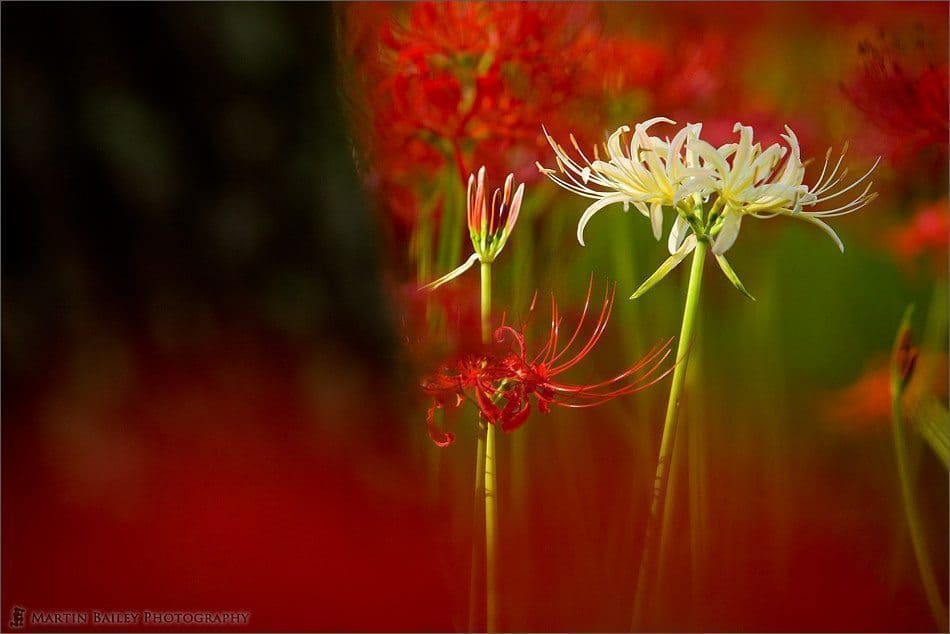
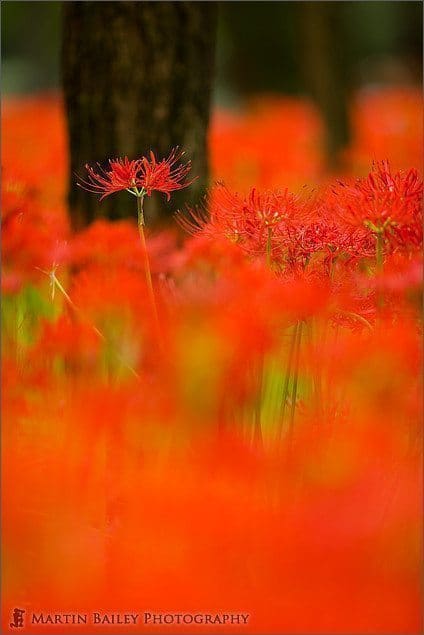
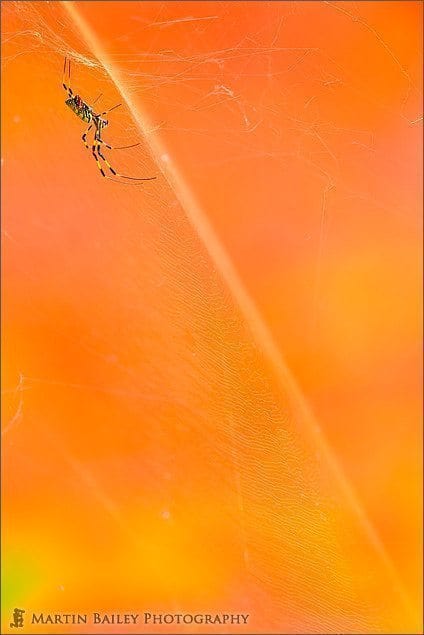
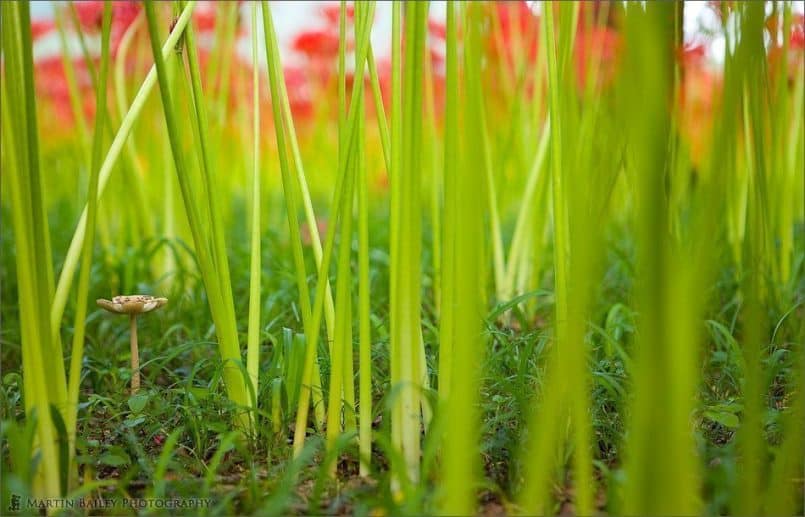
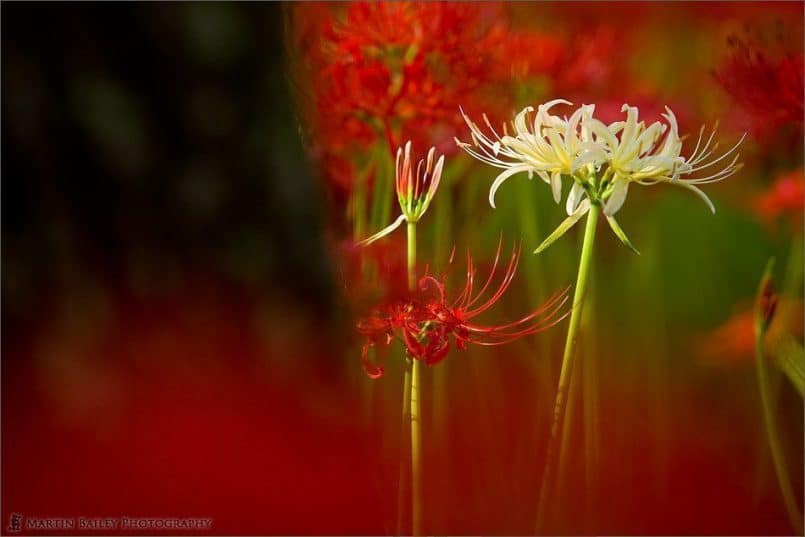
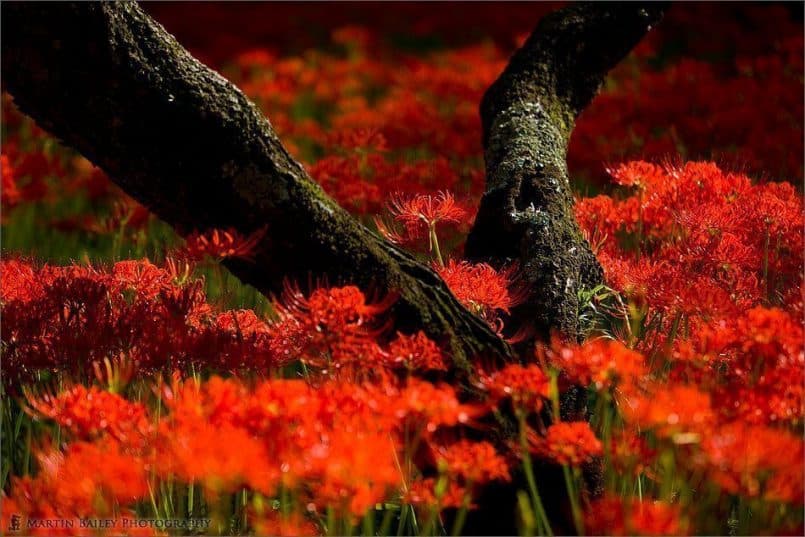
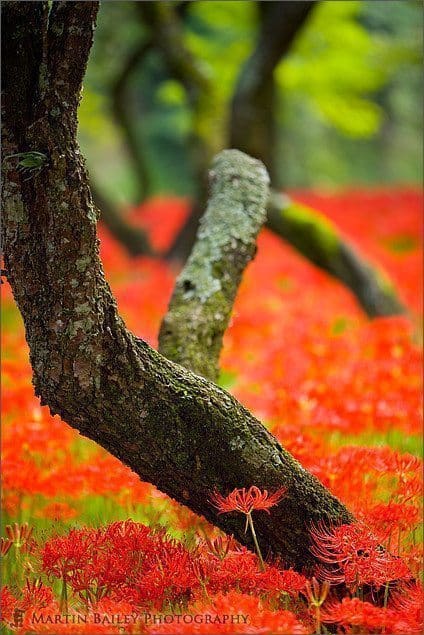
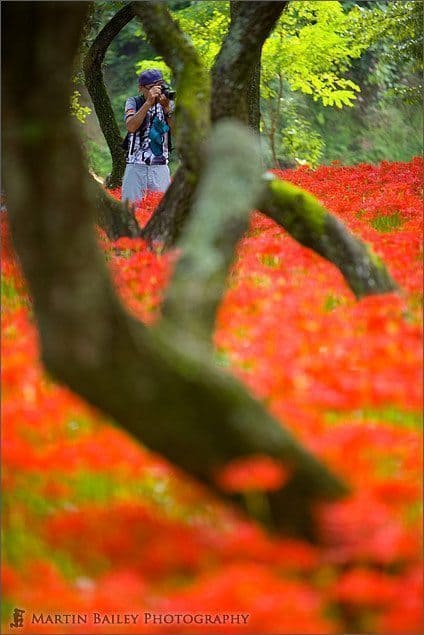
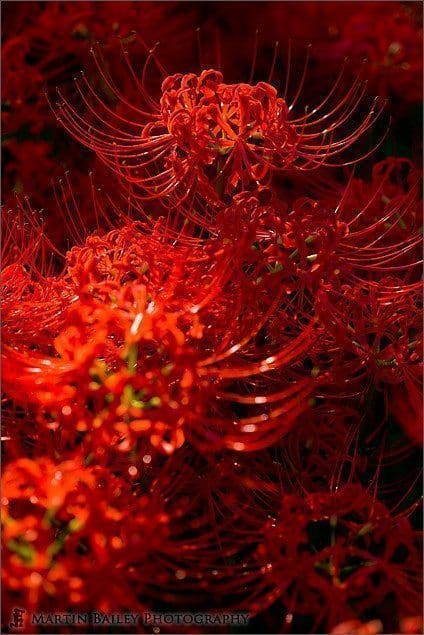
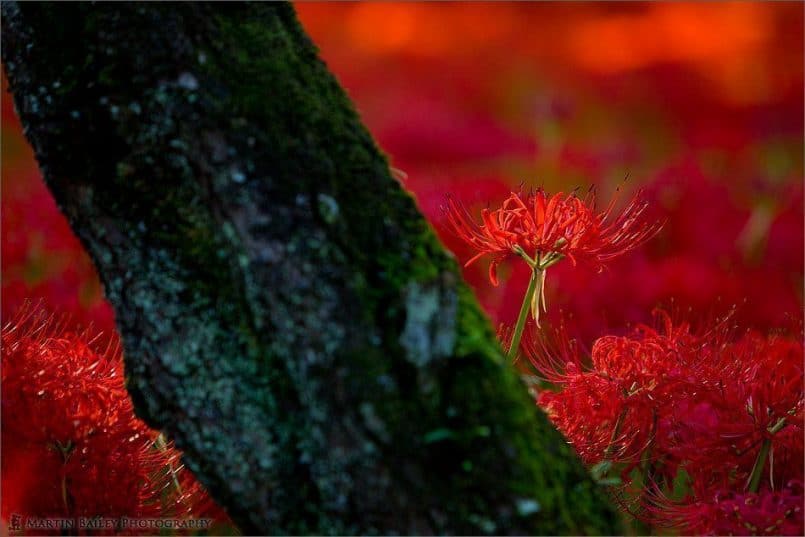
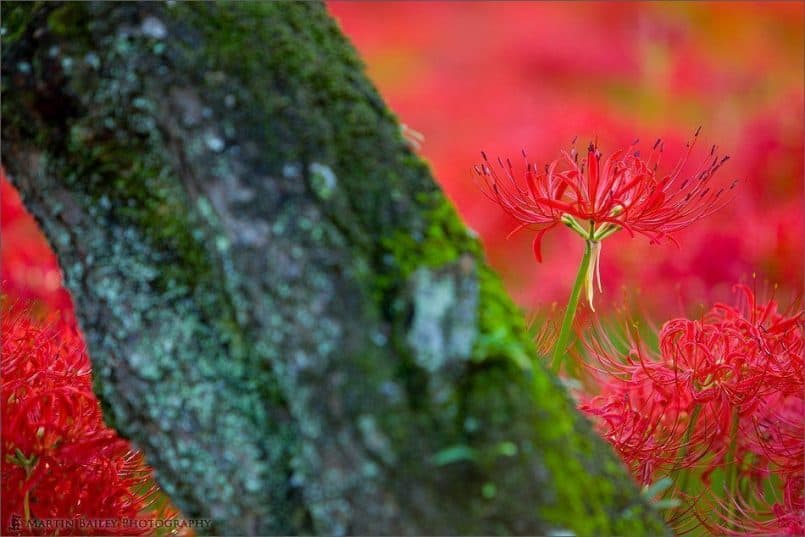

0 Comments